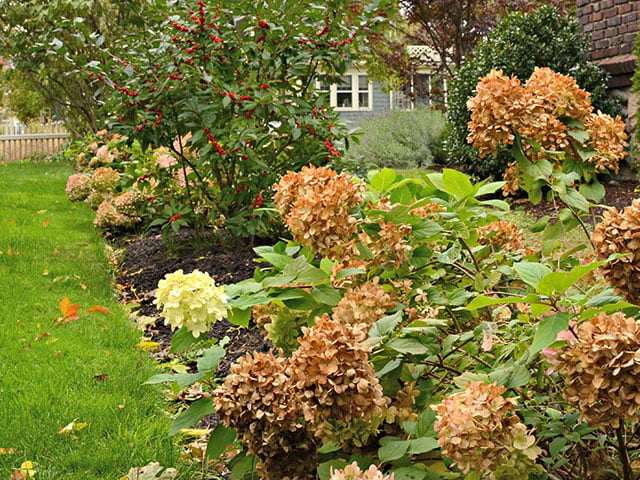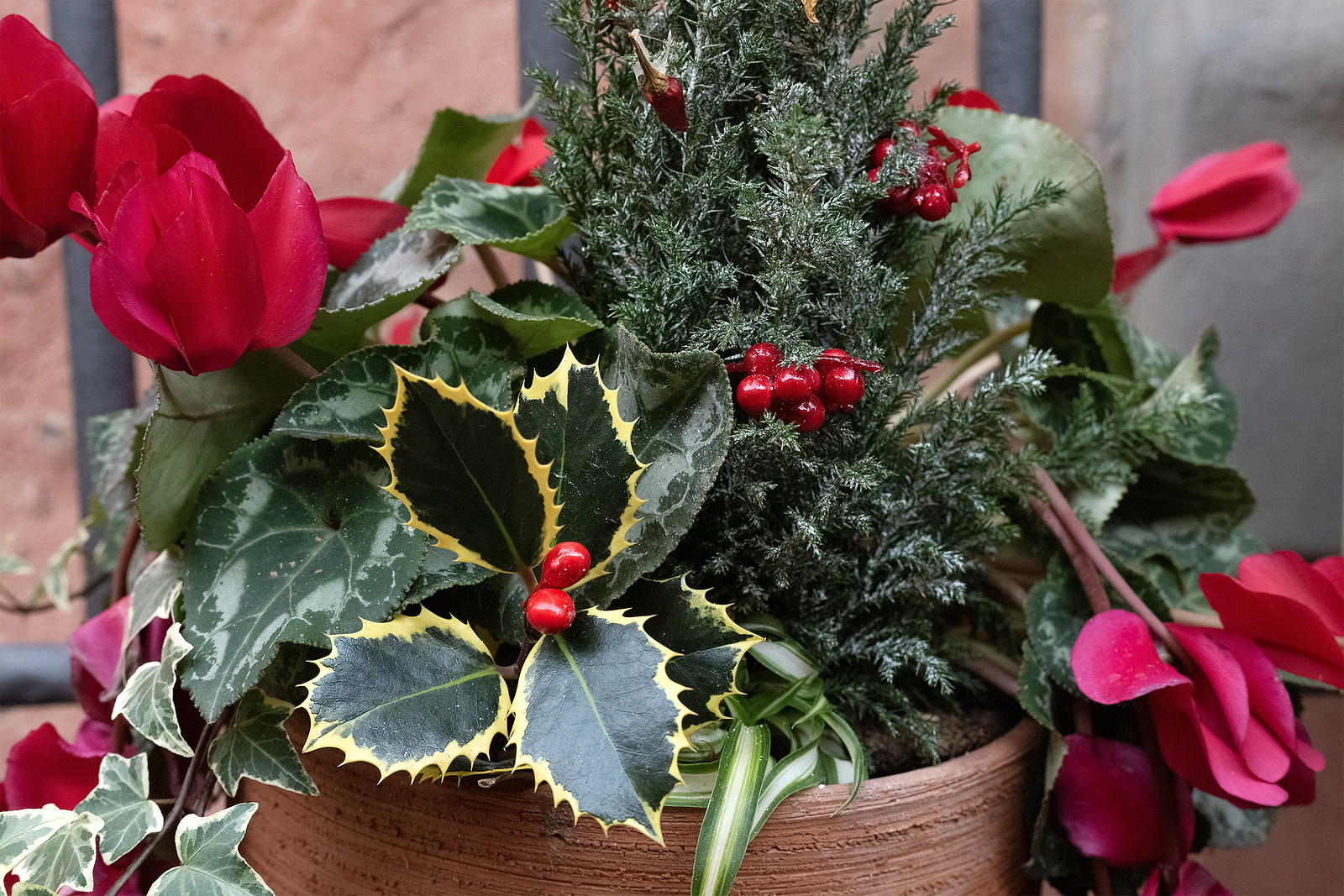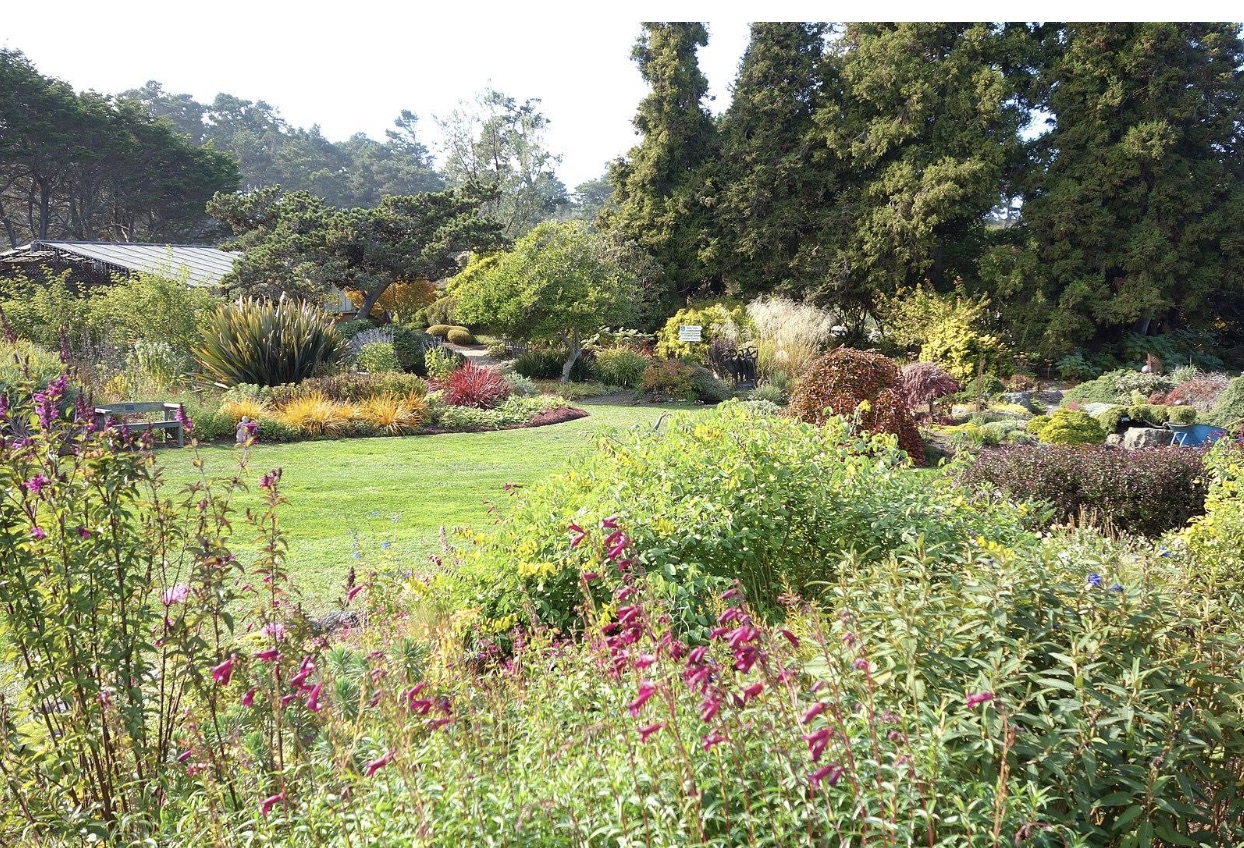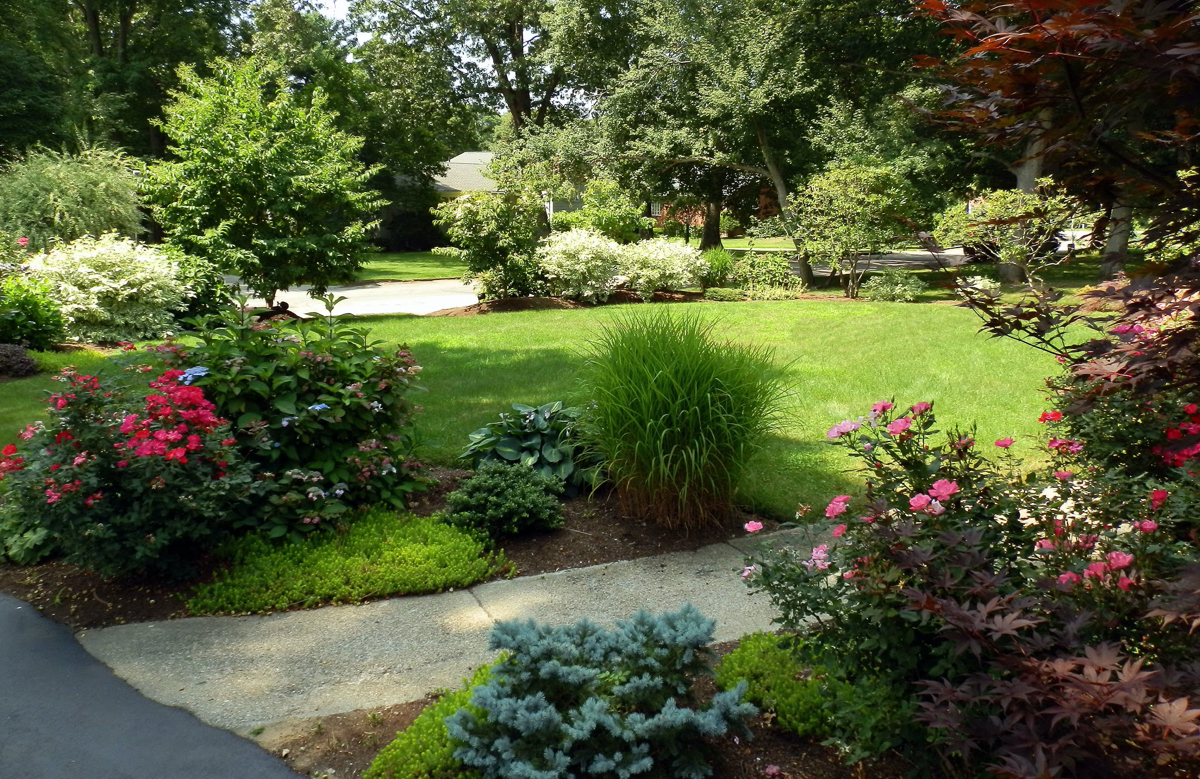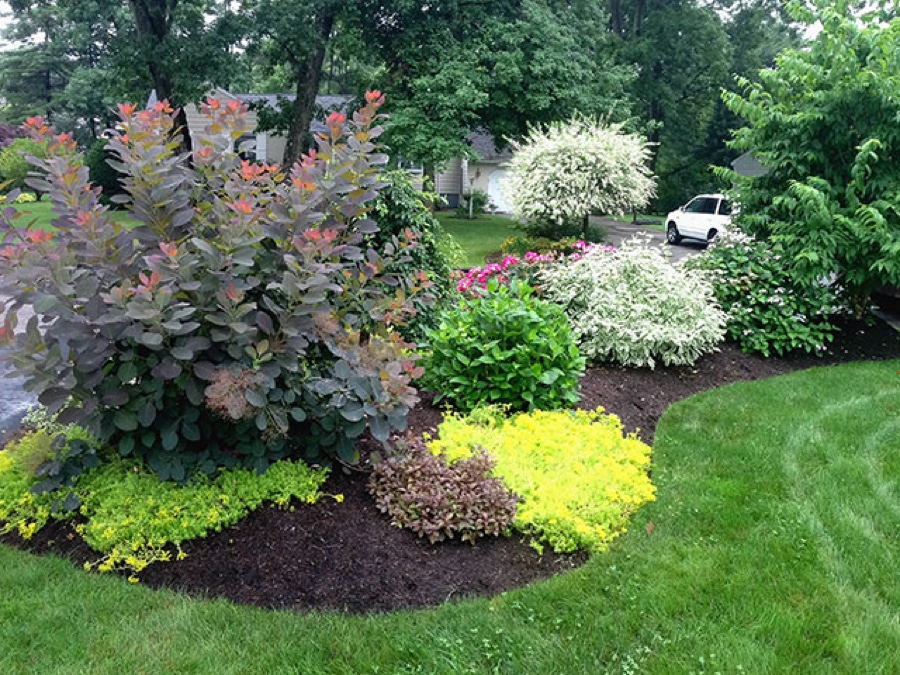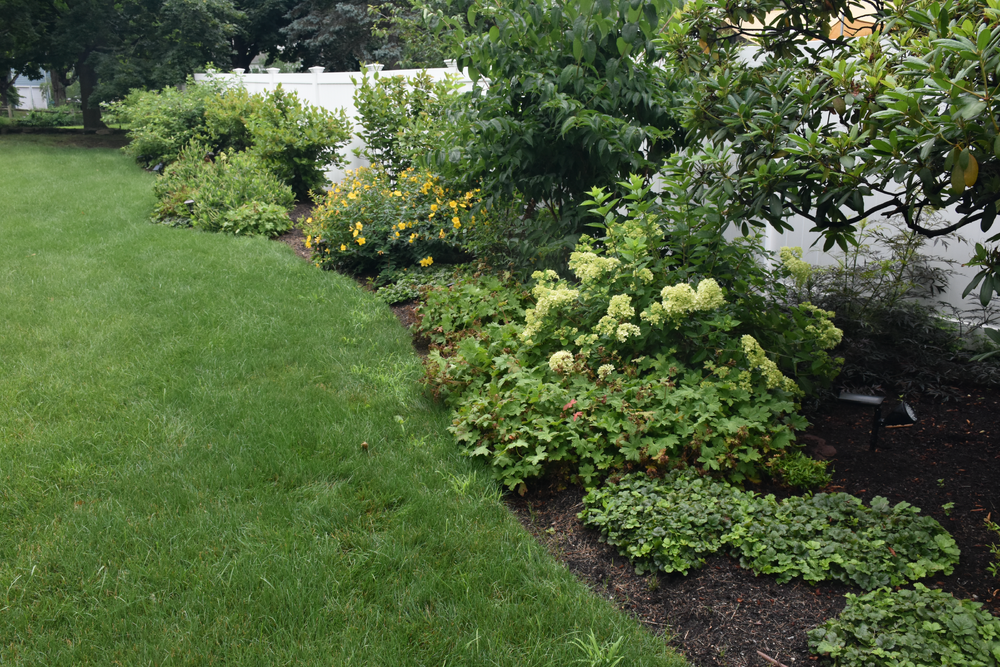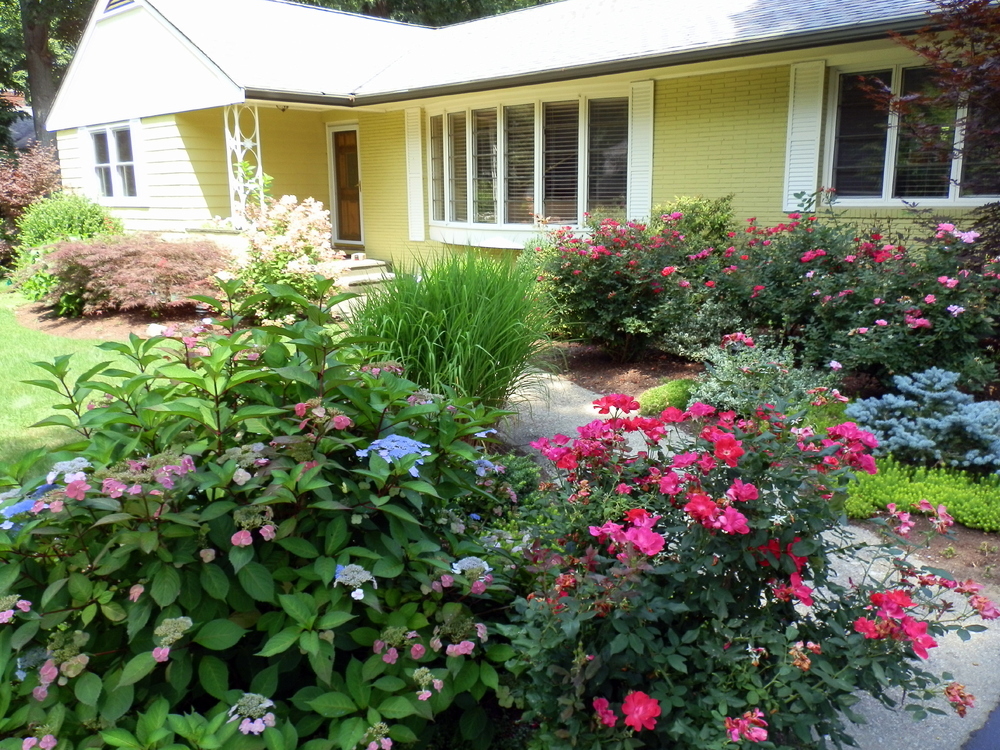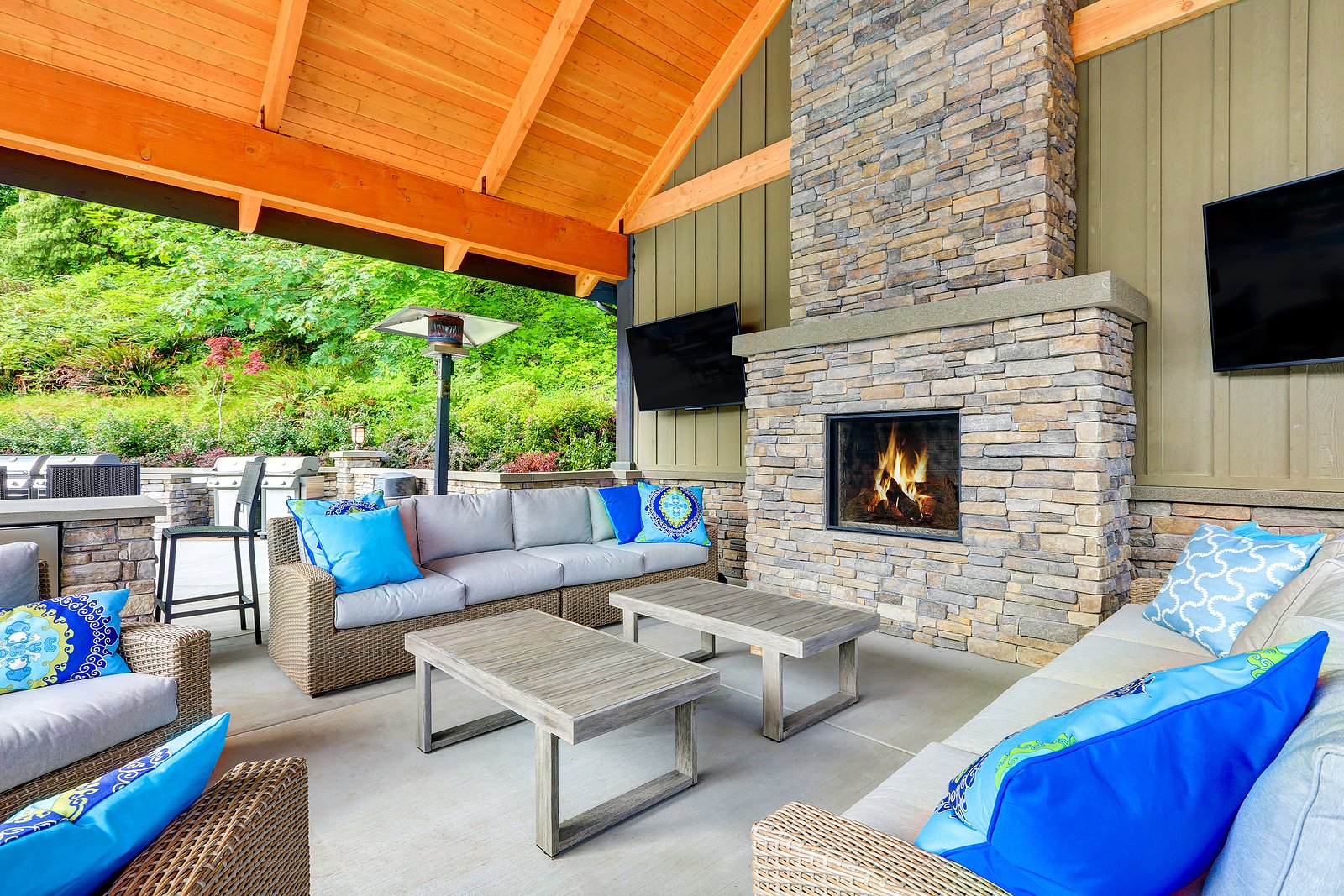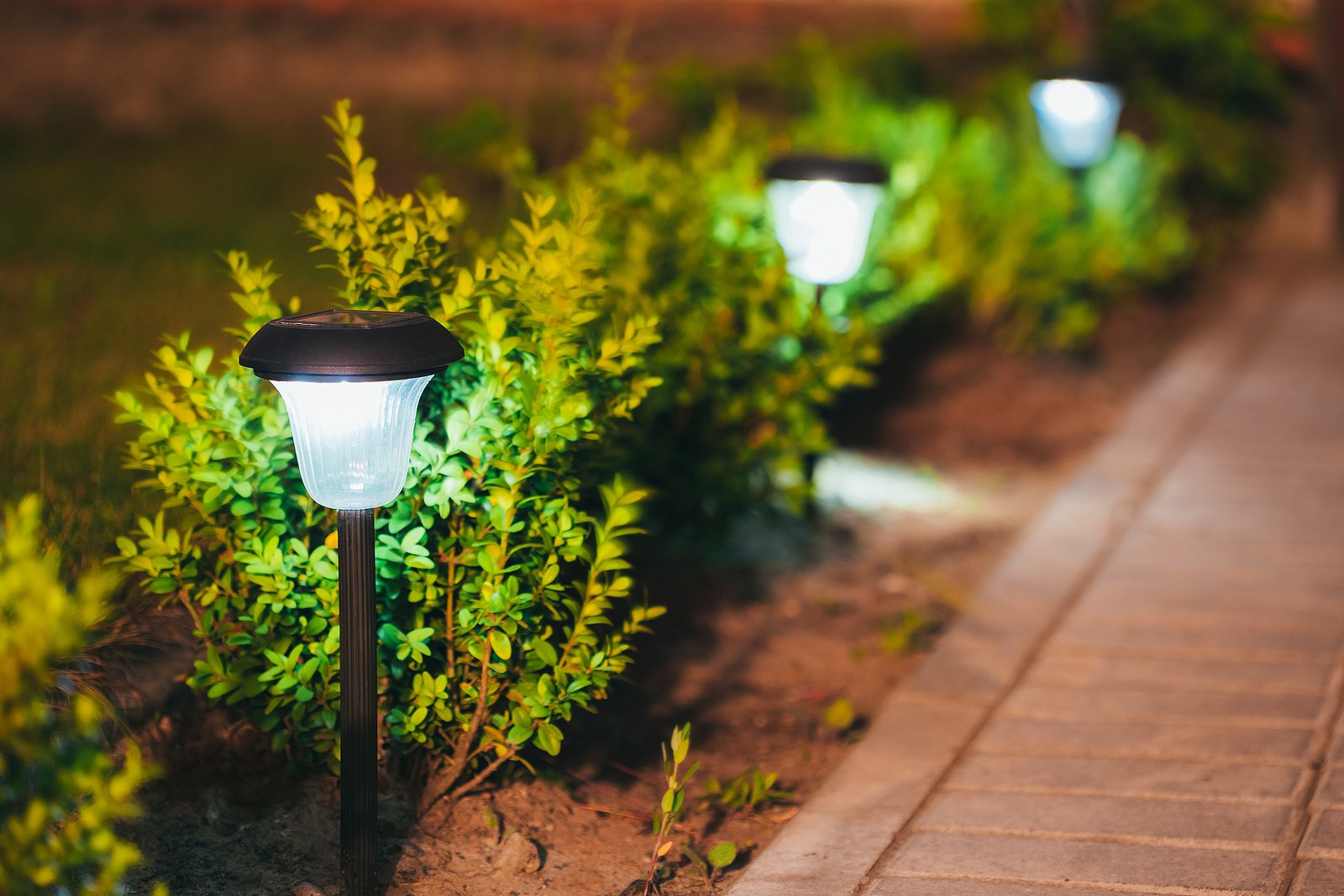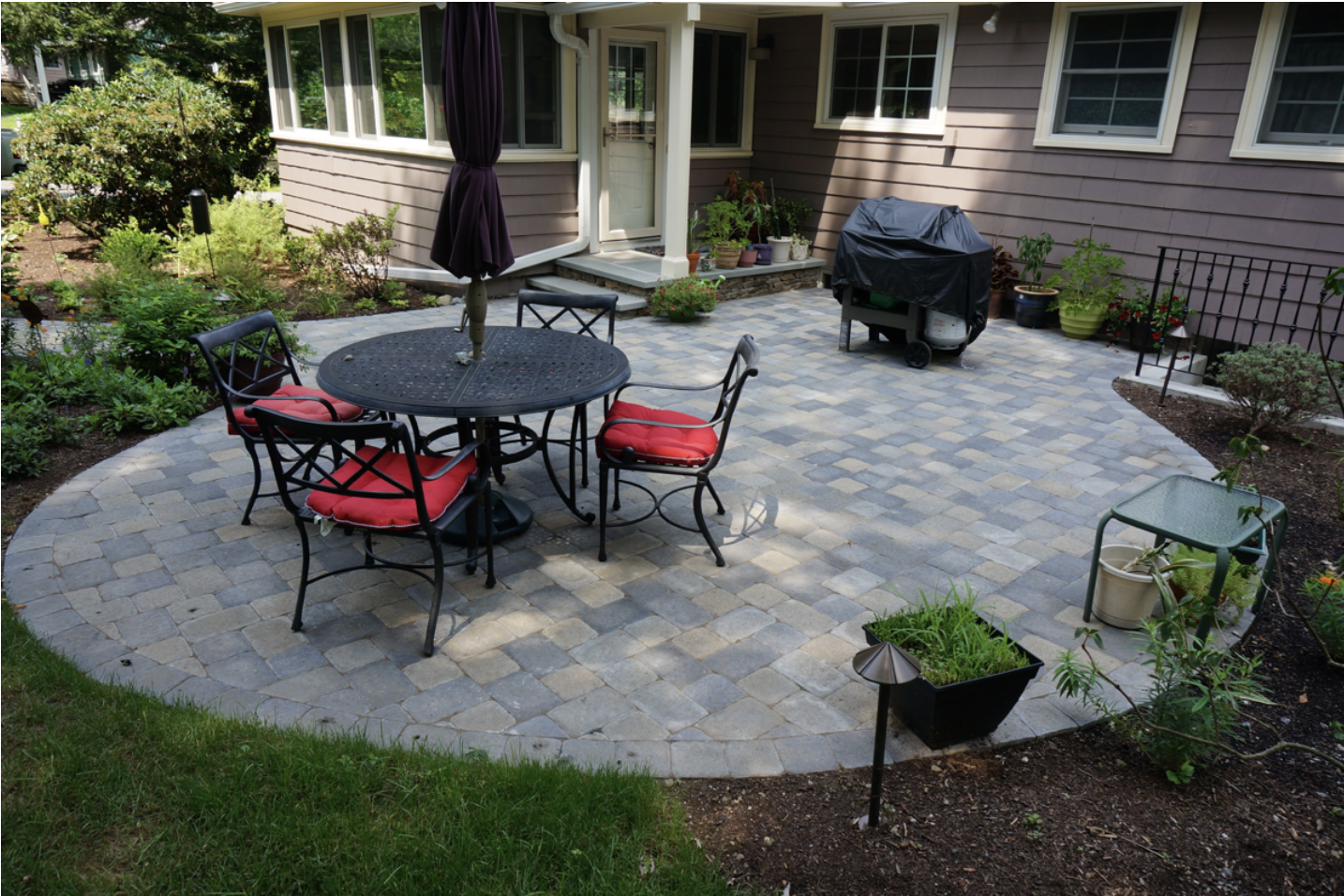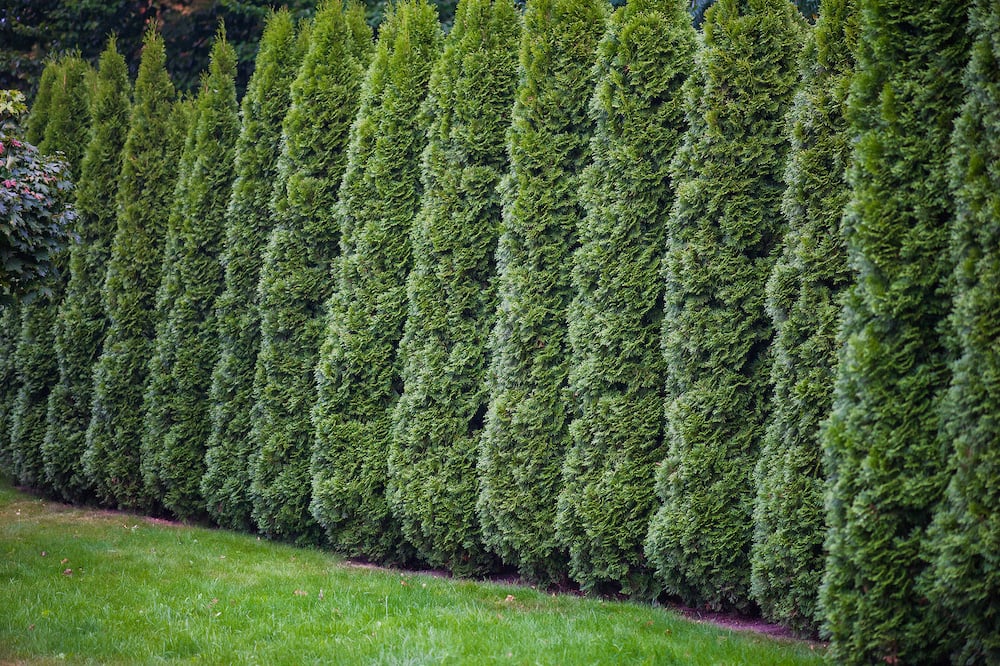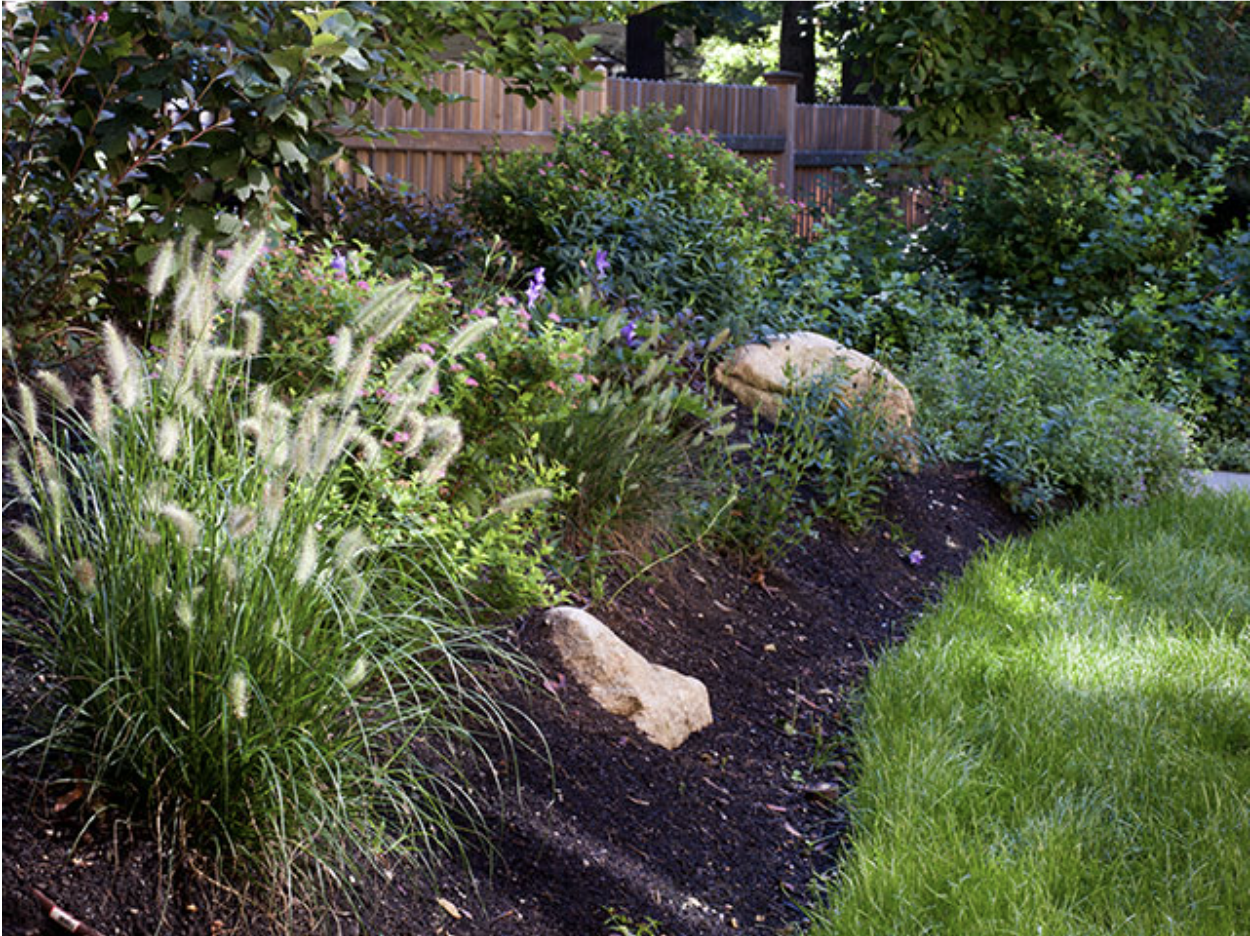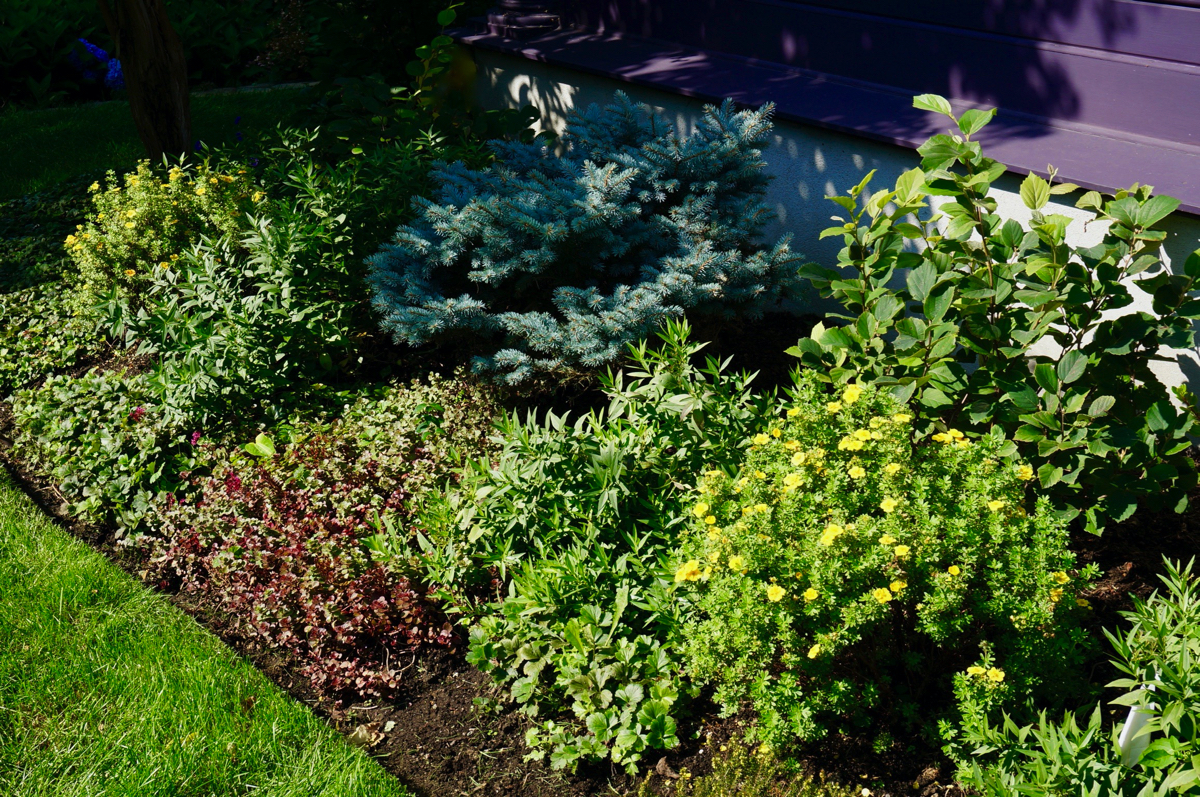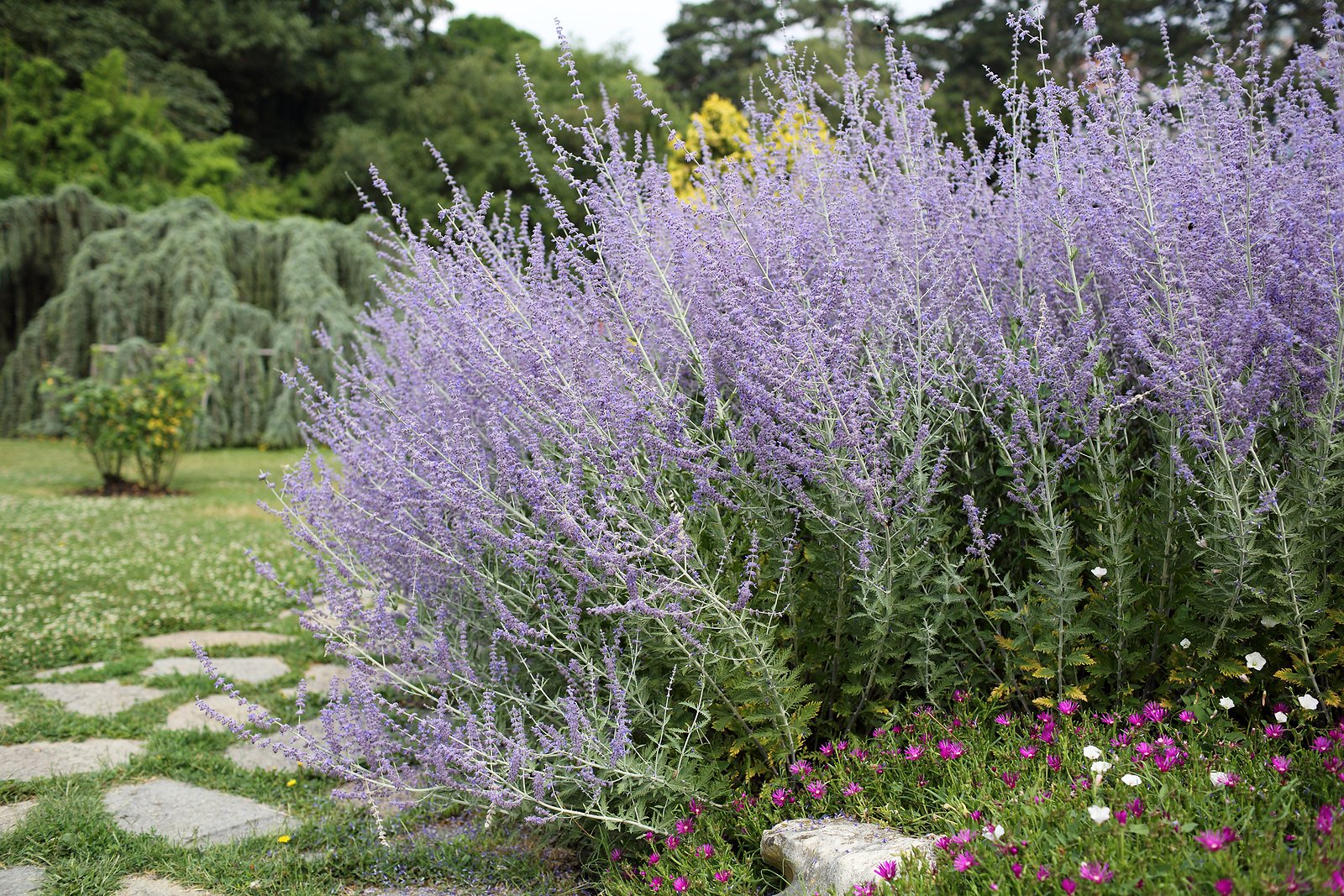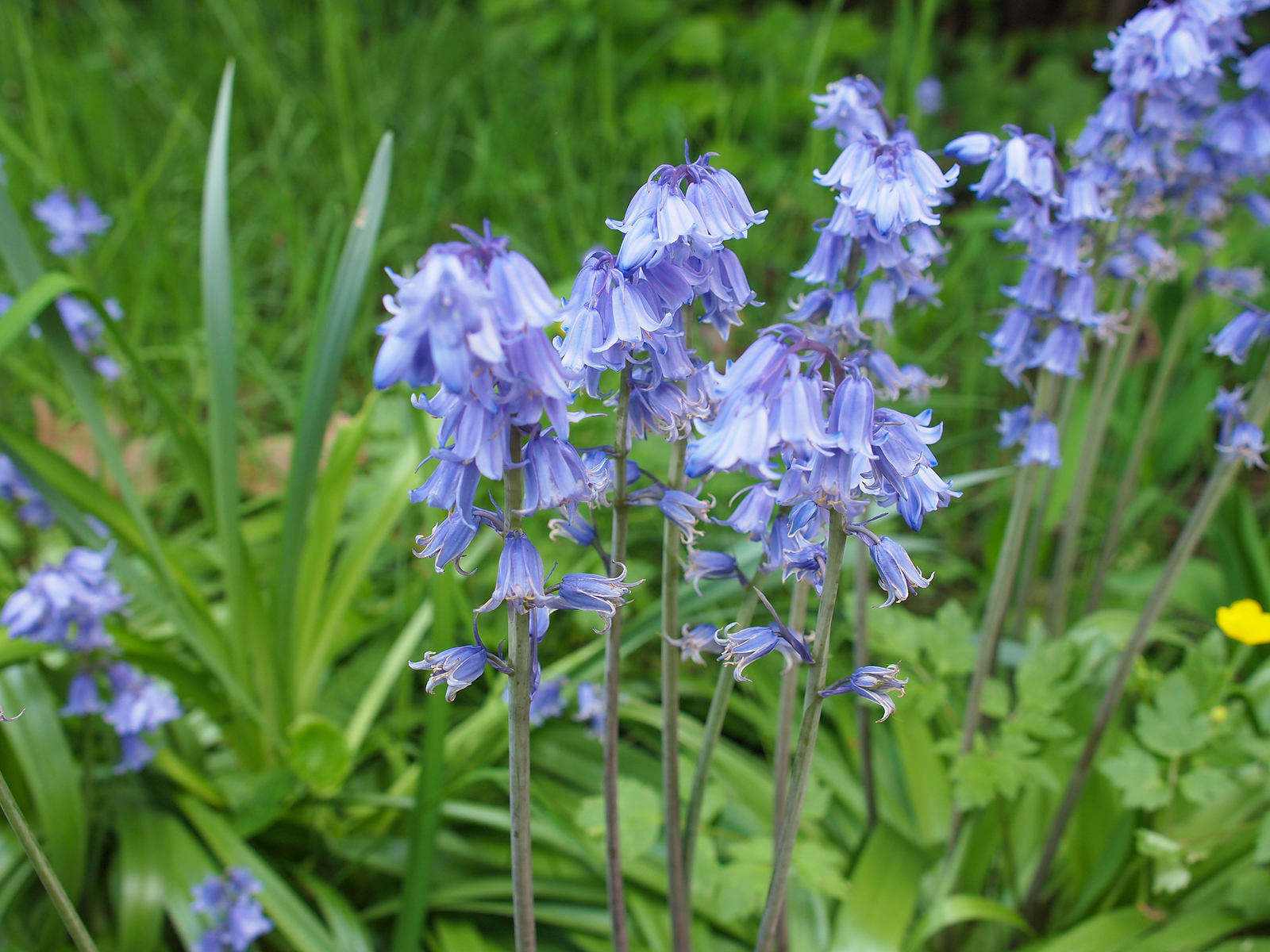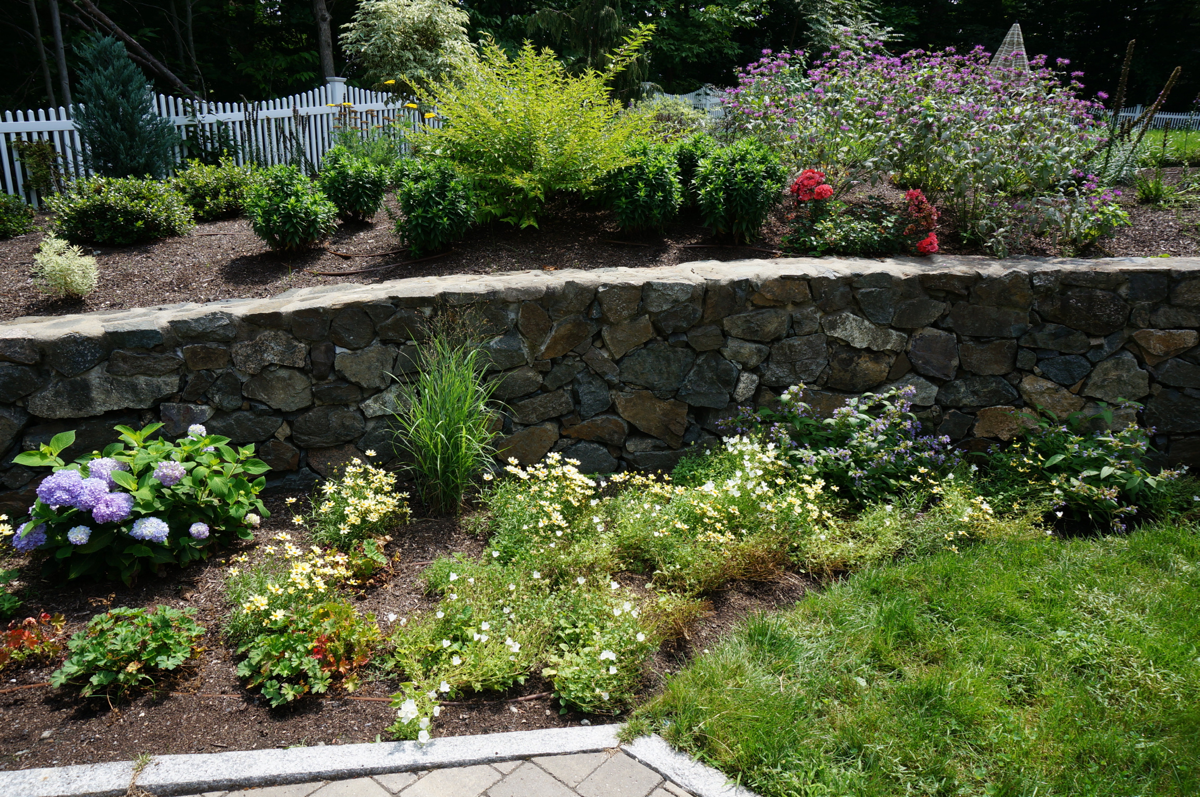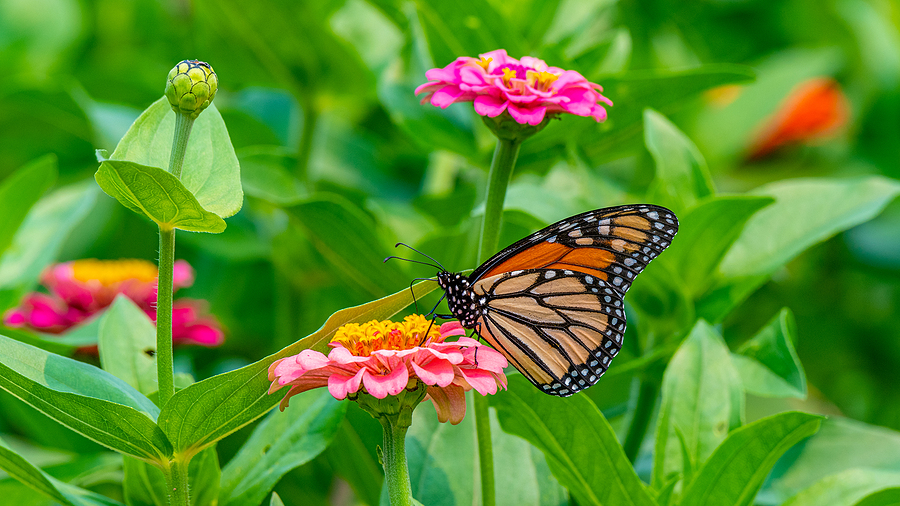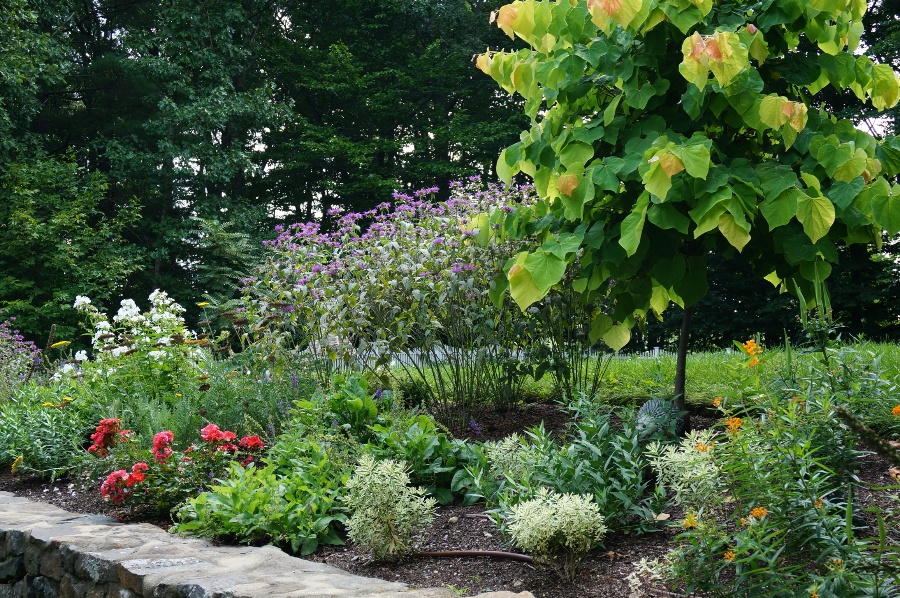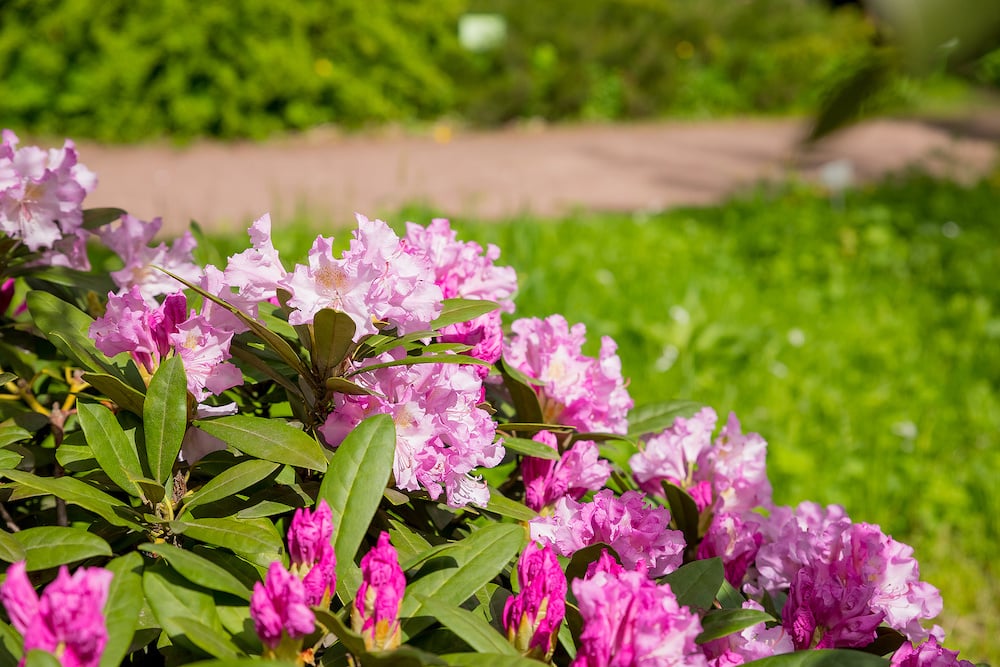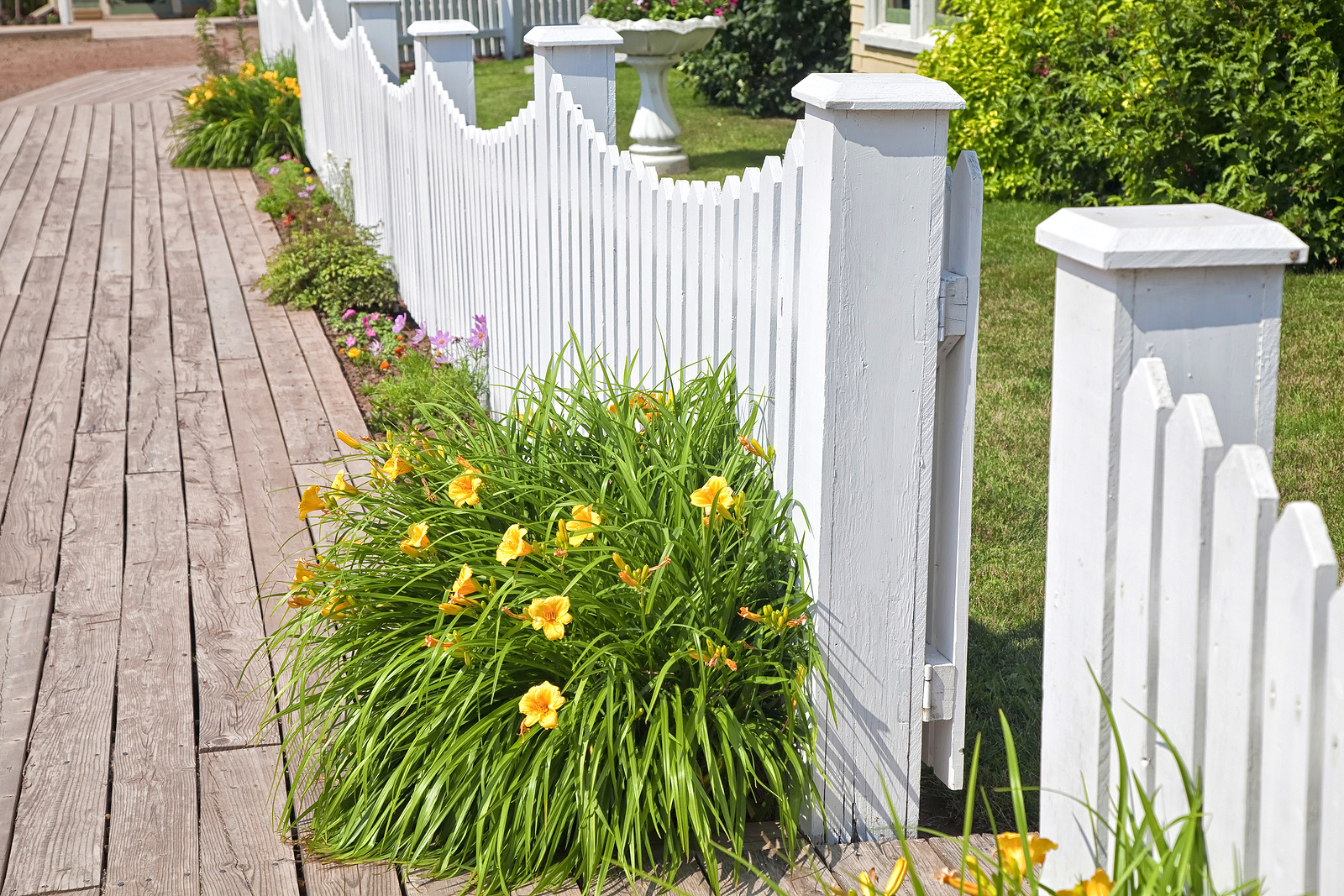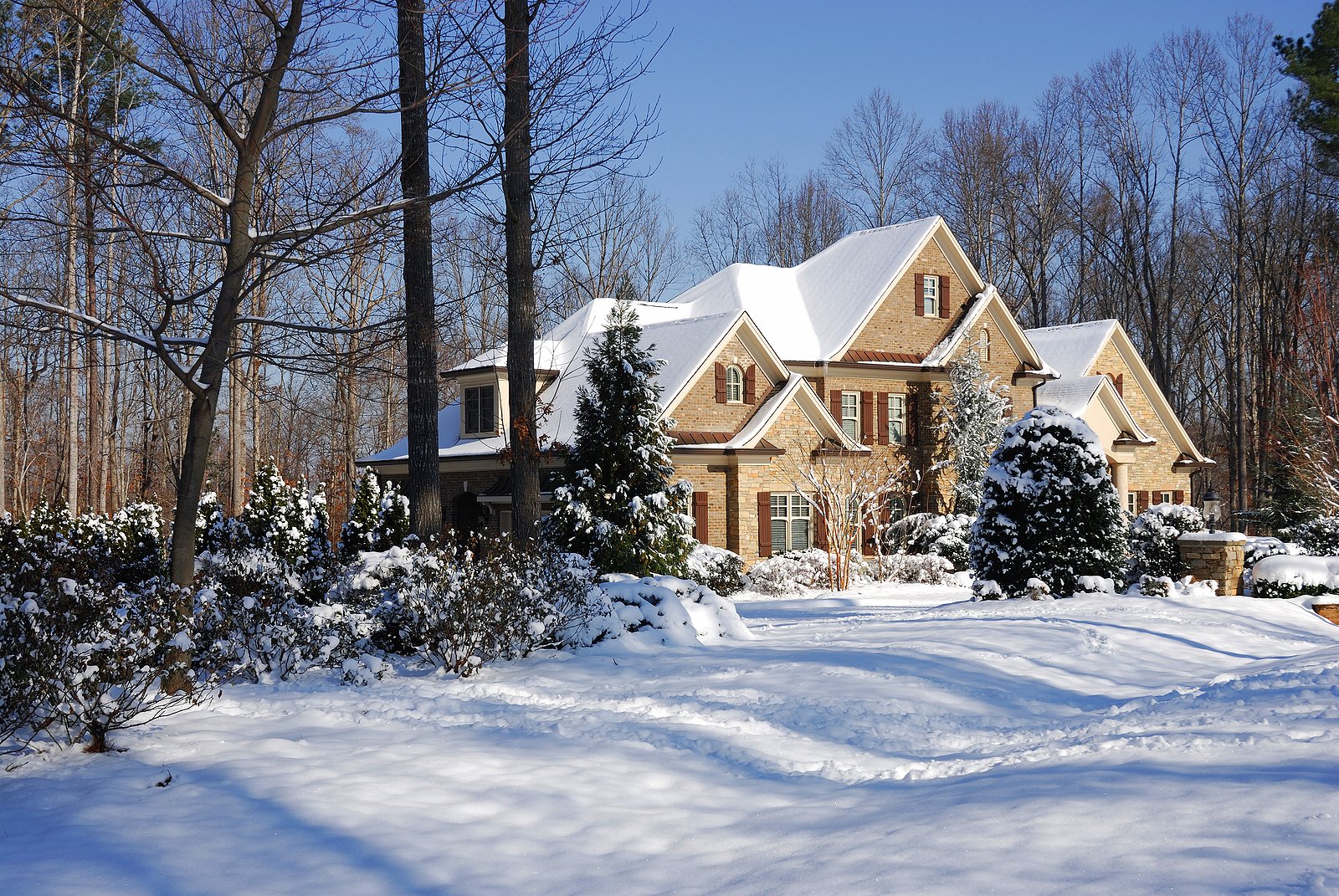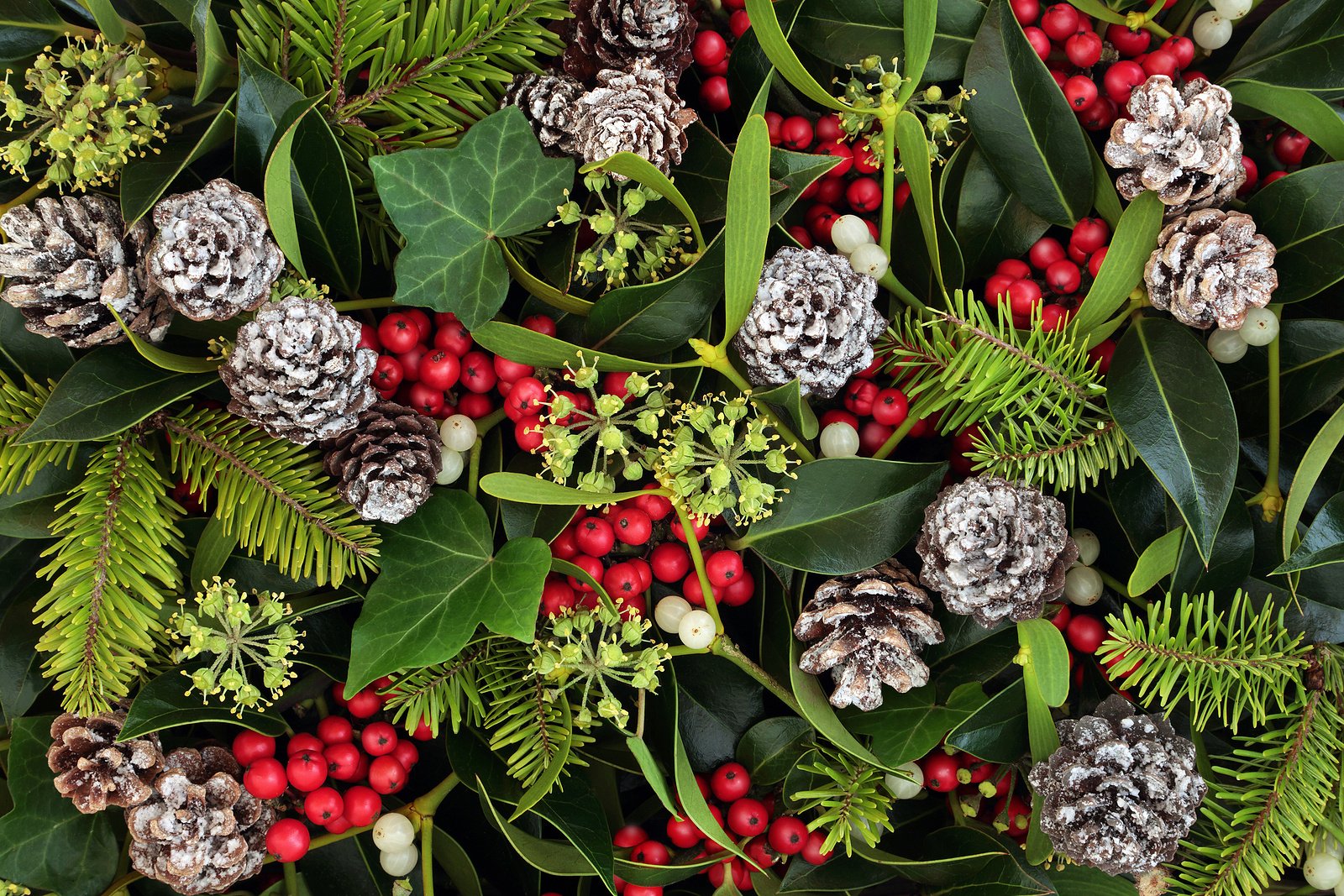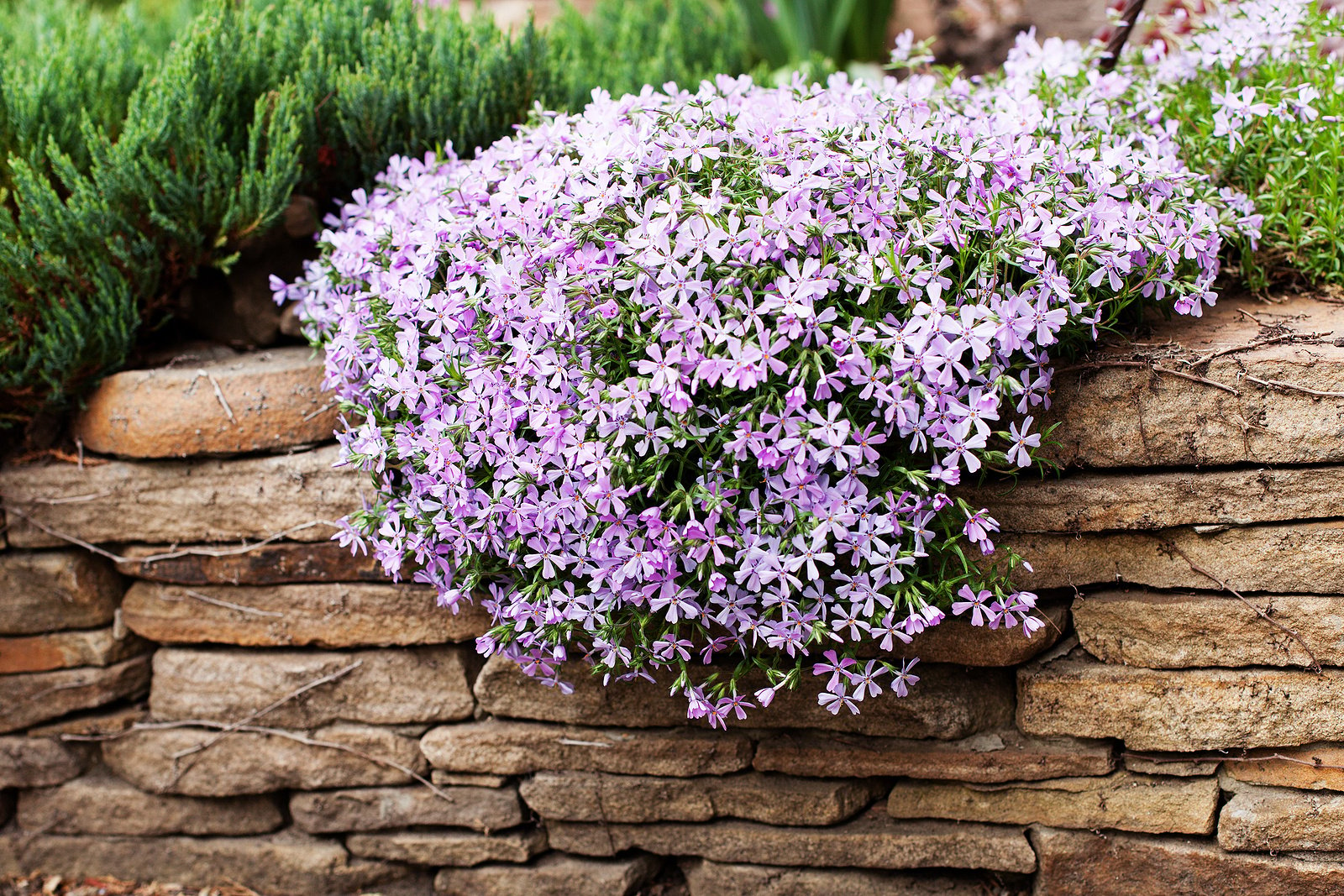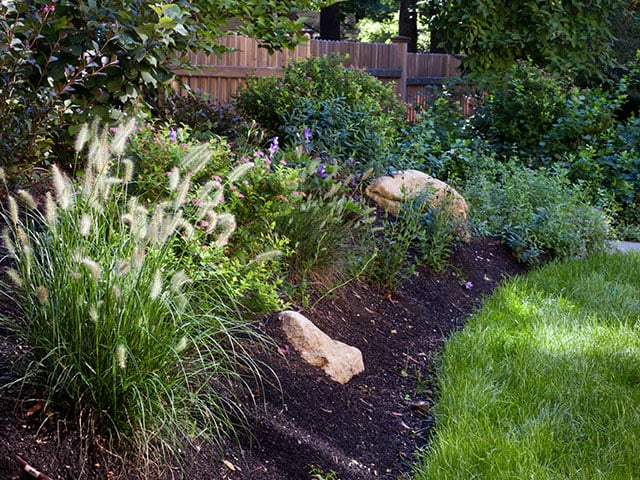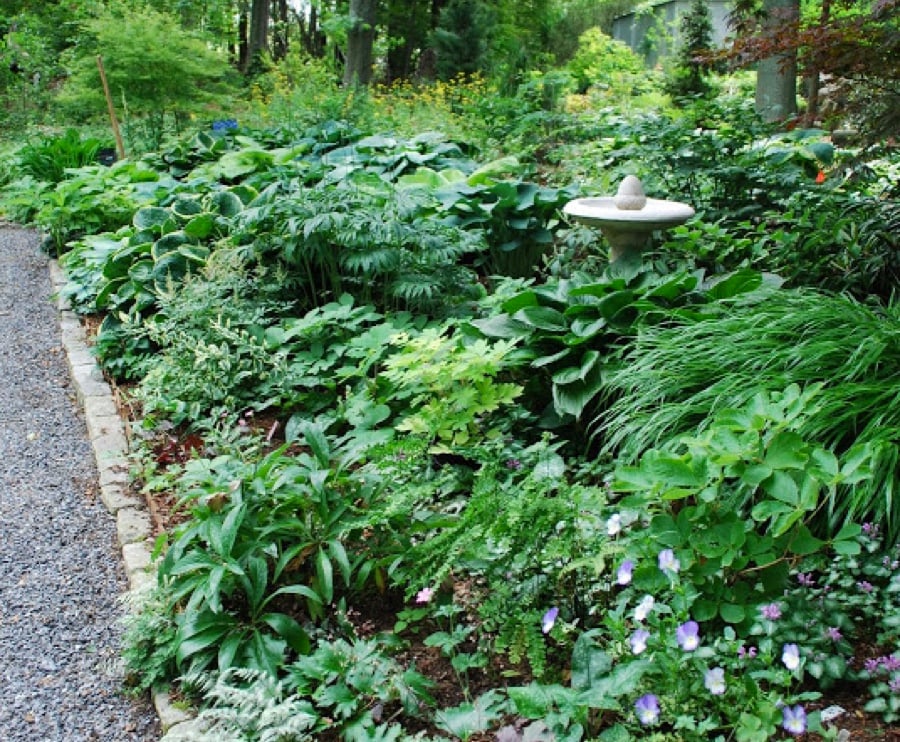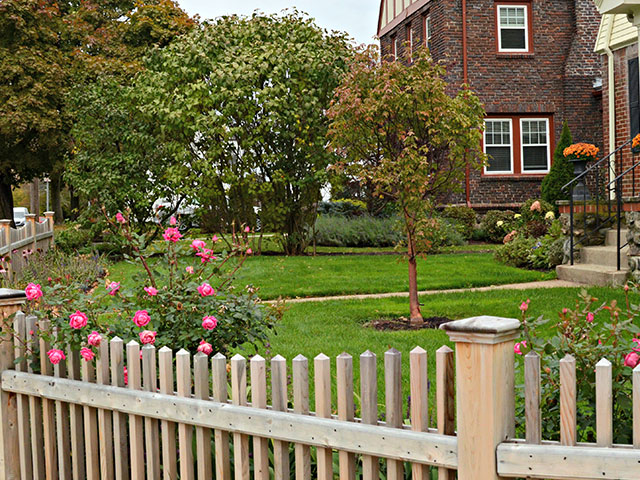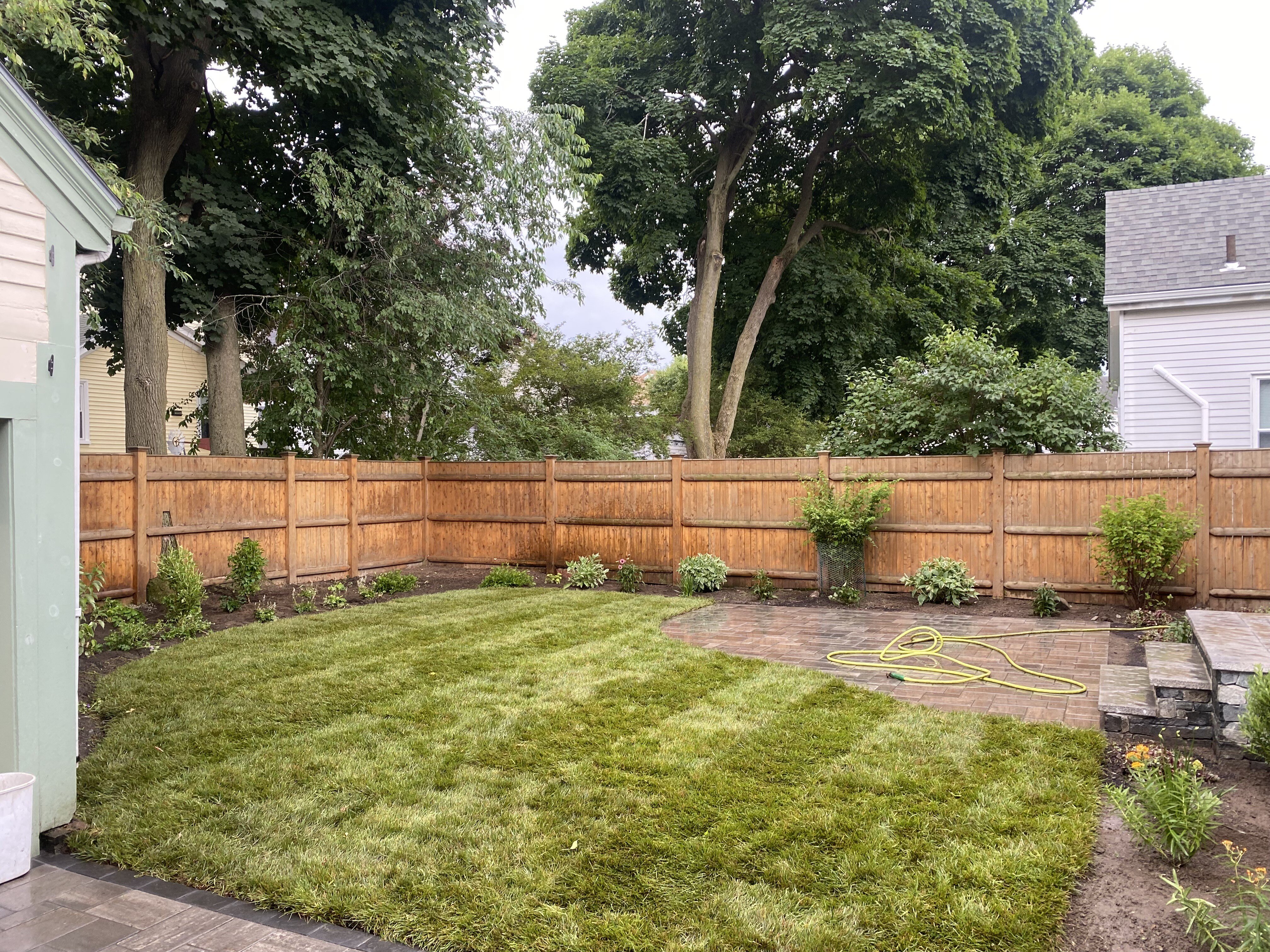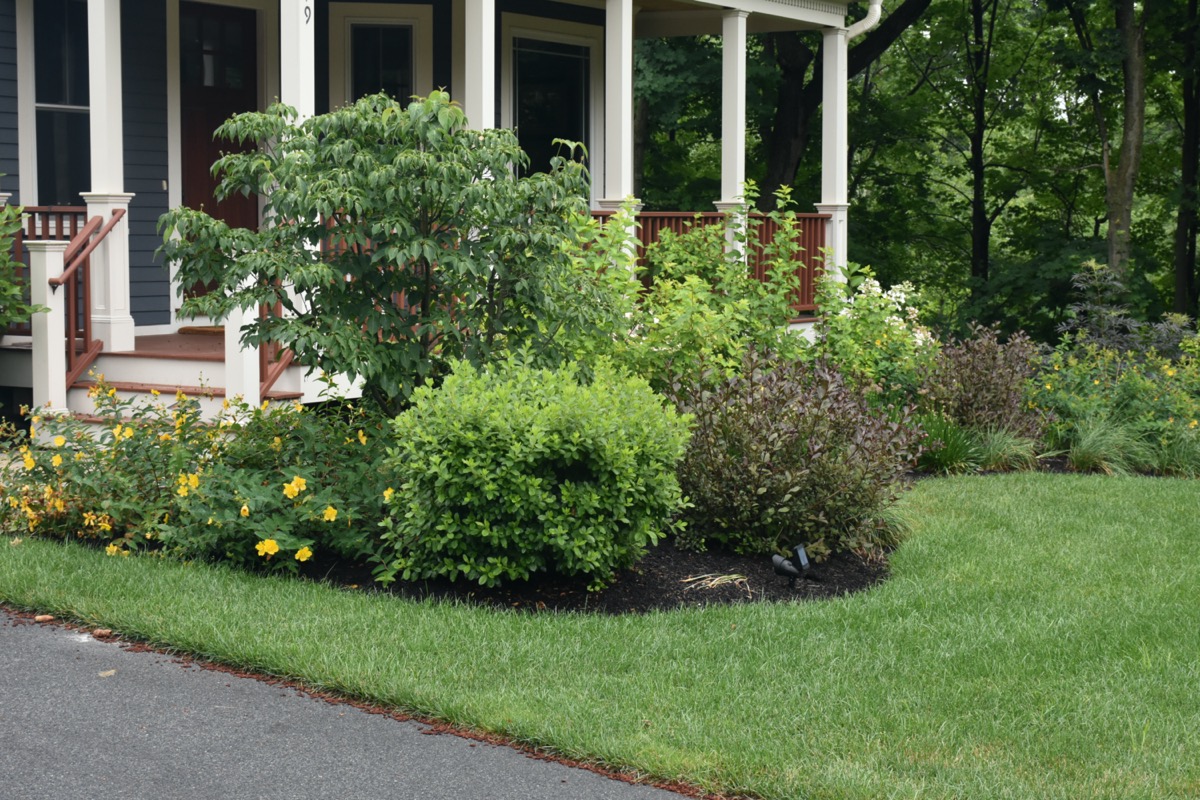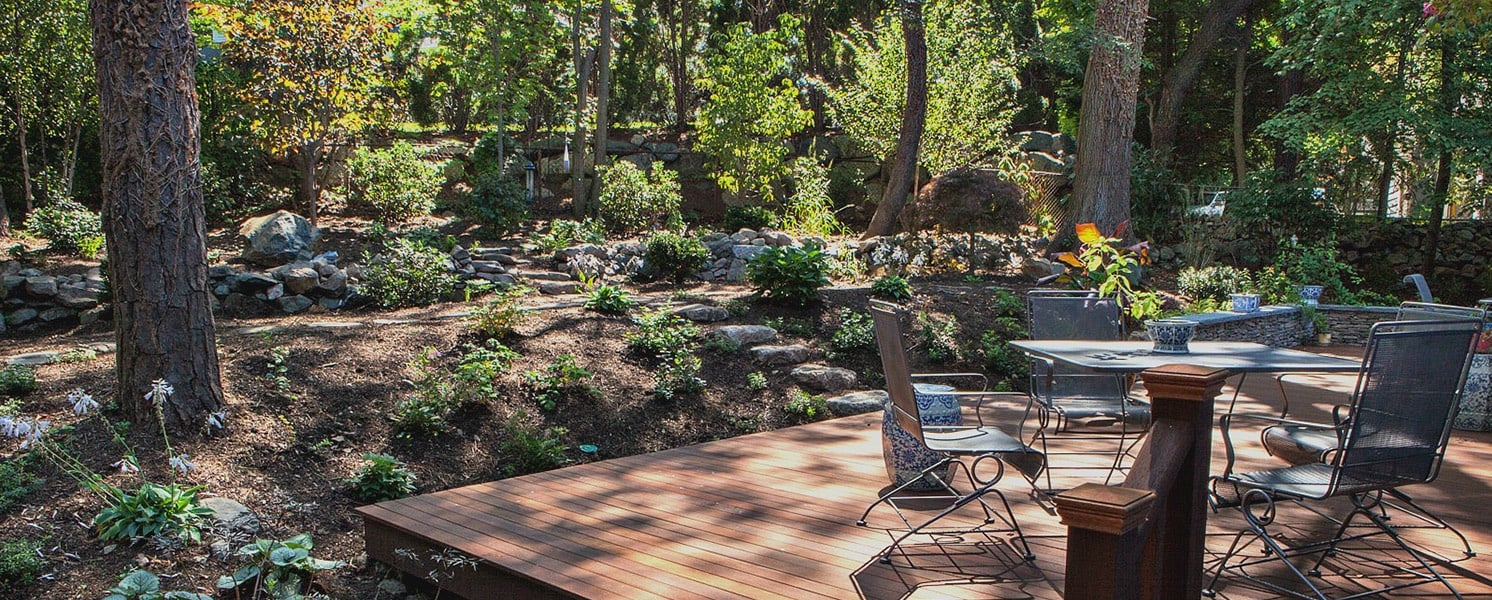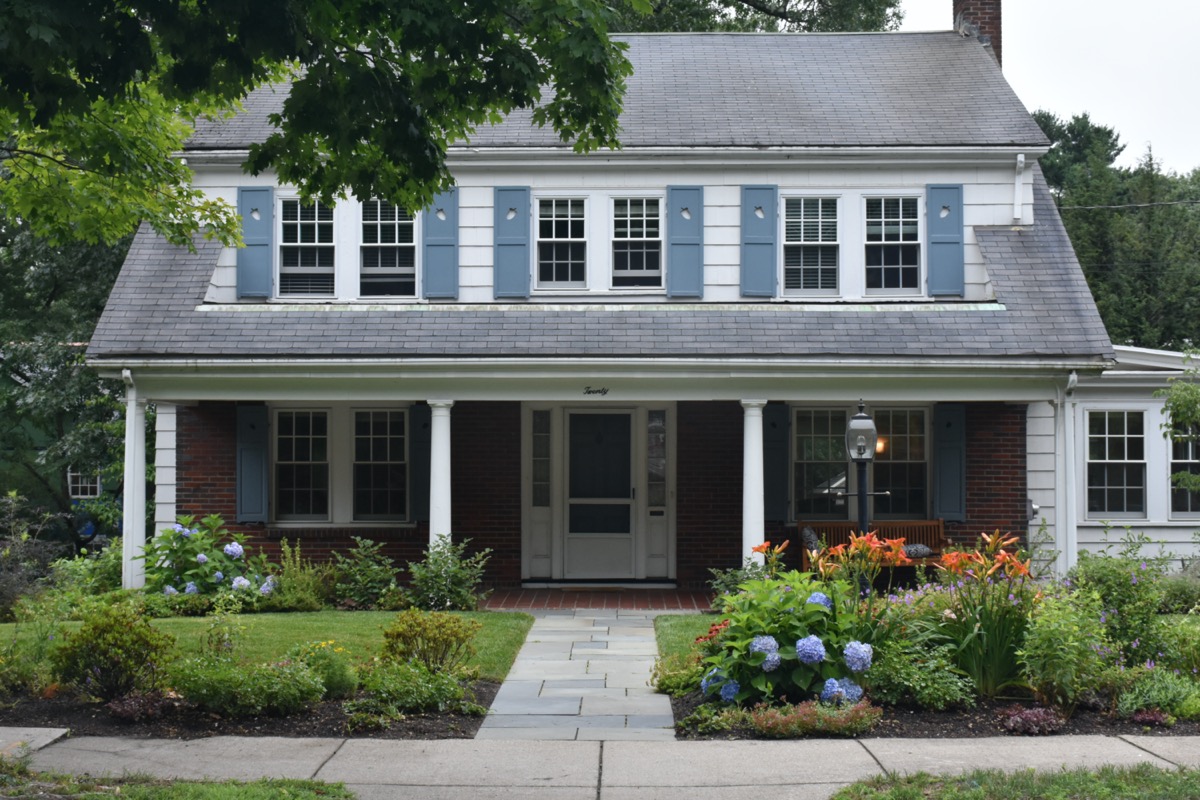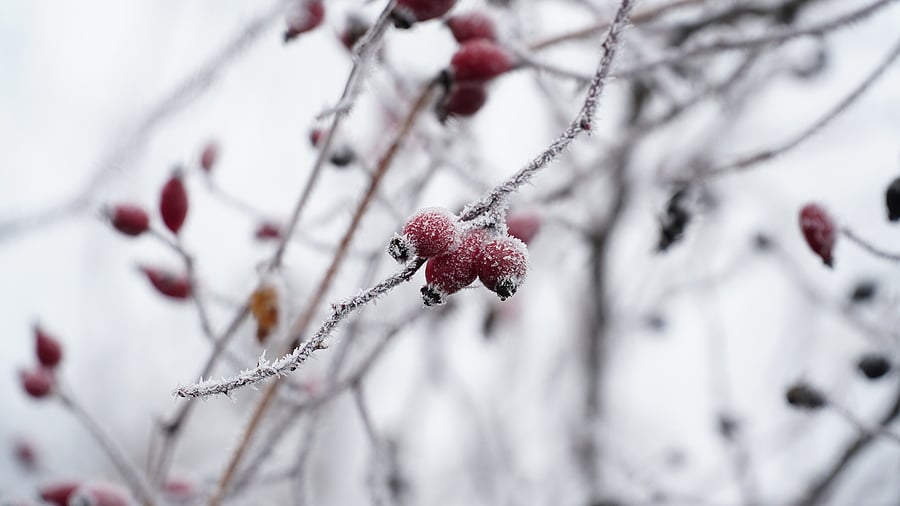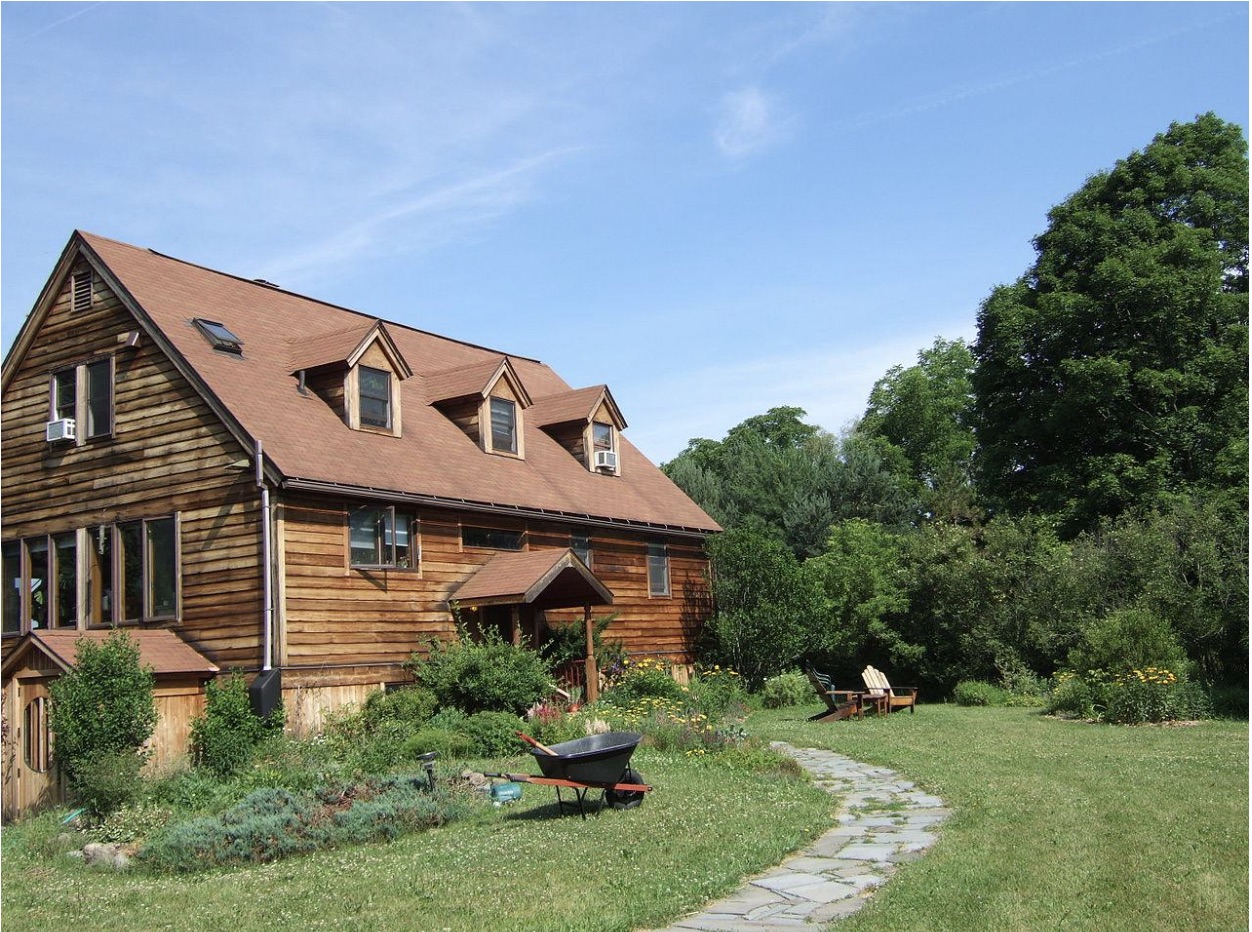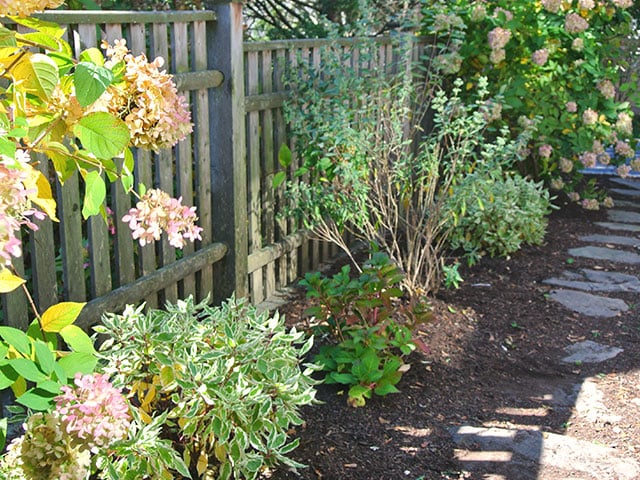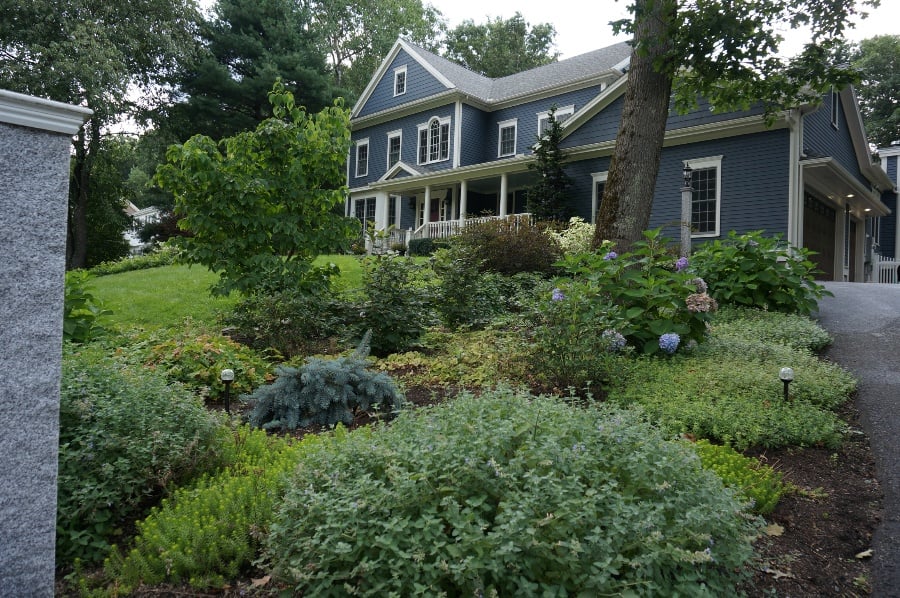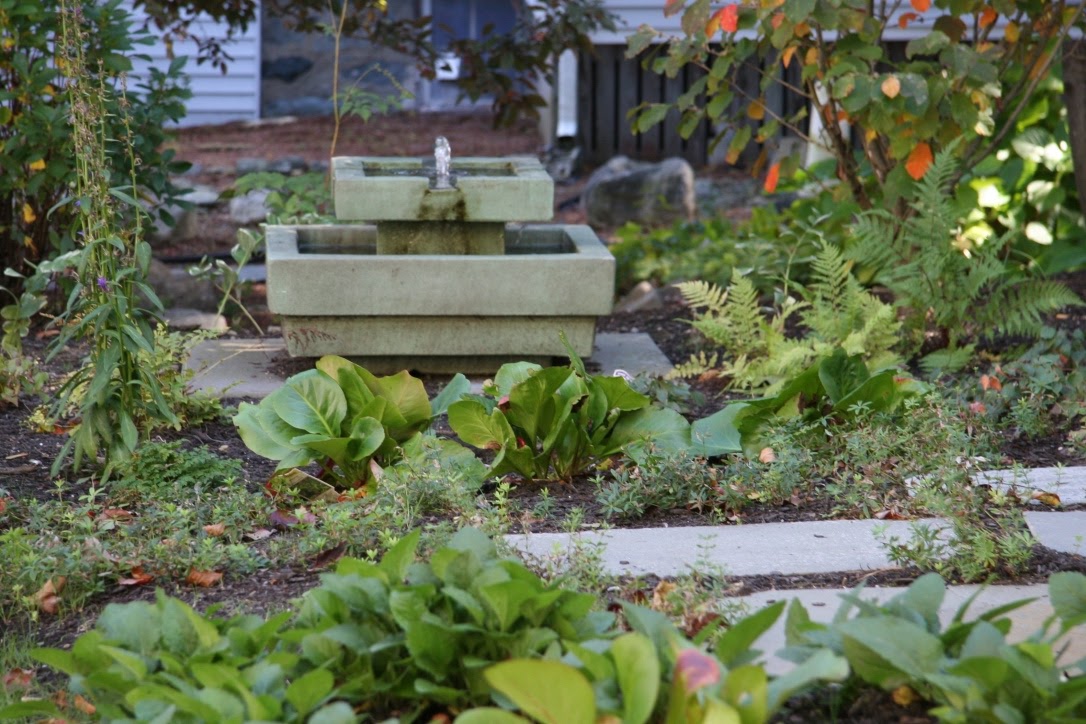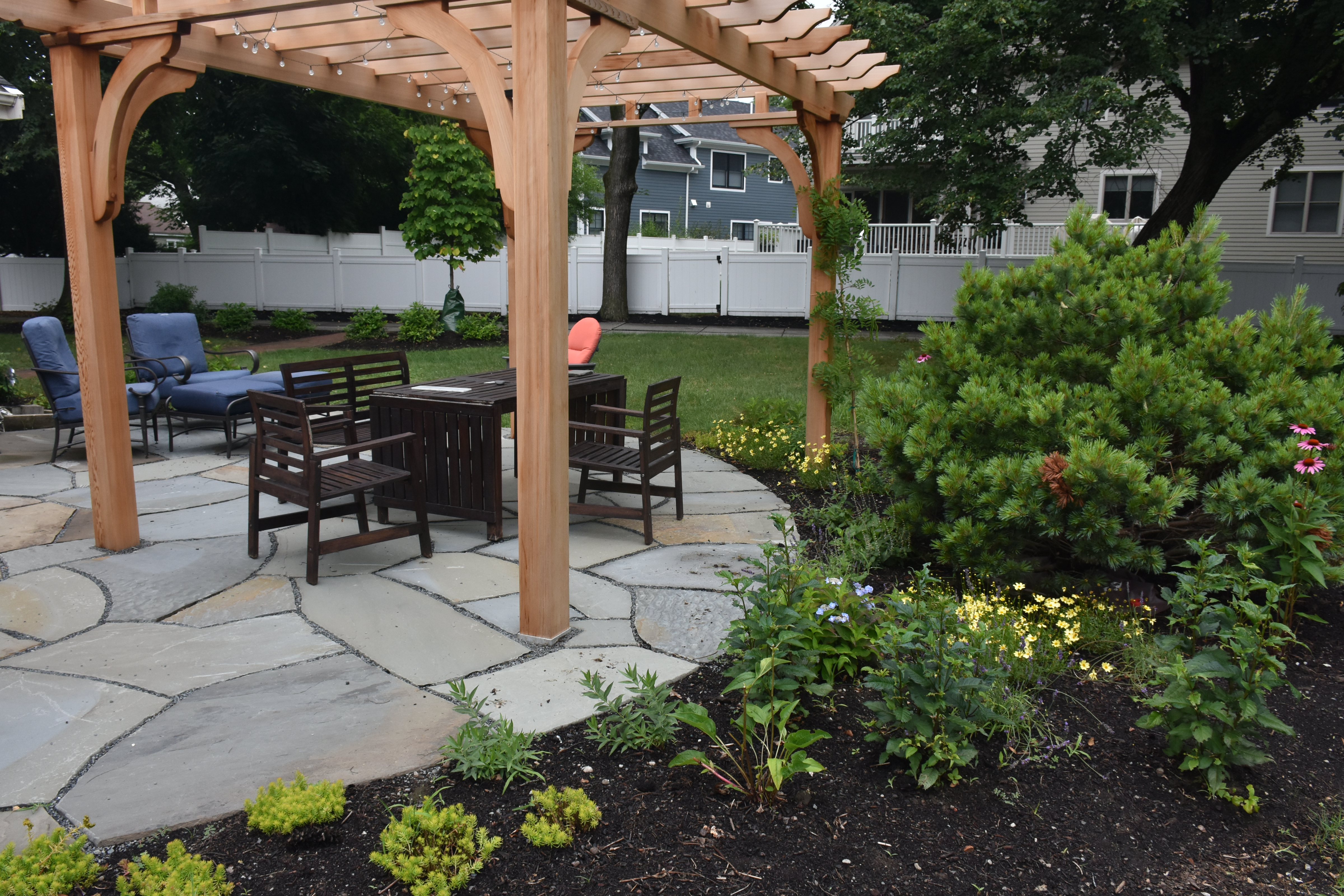Now is the time of year when cold weather approaches and spring blooms are mostly gone. But just because it’s not the beginning of the season doesn’t mean you have no interest in your yard to look forward to. With some thoughtful planning and selection of the right plants, you can maintain a vibrant garden with great aesthetics all year.
Survey Your Yard Now
Many homeowners underestimate the importance of understanding their yard and what is happening in it. As we transition to the fall season, it’s important to walk around your yard and evaluate your flowers and shrubs before the temperature freezes and the first frost arrives.
Early fall is an ideal time to take a look at all the areas that you worked on in the warmer months. Around this time of year, perennials such as asters and tulips should be beginning to wilt and wither, while biennials like hollyhocks and forget-me-nots enter their dormant phase.
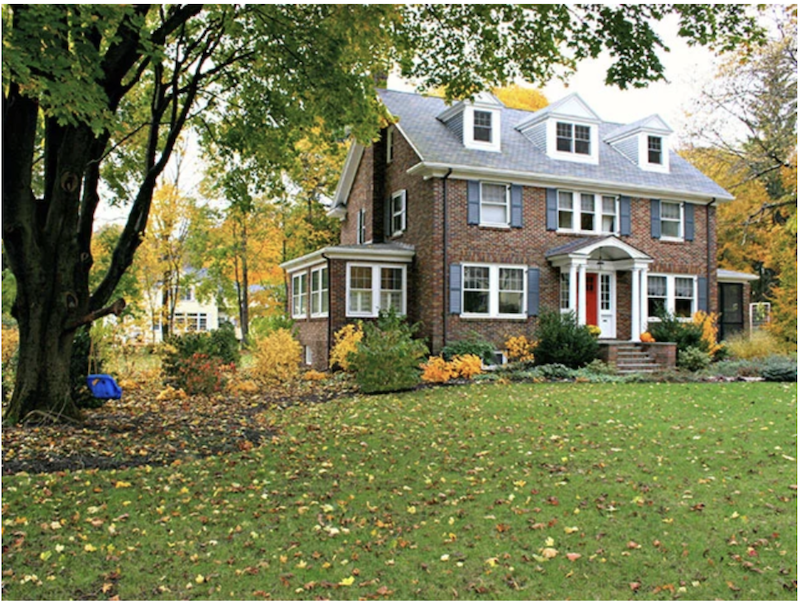
Keep an eye out for any signs of abnormal activity, like disease or parasites. You should also get a sense of the general health of each area.
- Are there certain areas of your landscape where plants didn’t grow the way you anticipated?
- Are there new plants you’d like to integrate into your garden beds next spring?
- What challenges did you encounter while maintaining your landscape this season? For example, did you have a problem keeping your plants sufficiently watered that might be solved with an irrigation system?
- Did your soil quality promote healthy plants with strong root systems, or do you need to develop a plan to improve that next year?
- Does your landscape have deciduous trees that will shed their leaves, such as Japanese maples, that will require a lawn clean up when the fall arrives?
- Do you want to undertake new projects that may significantly change your landscape design, such as installing hardscape patios or walkways?
Take this opportunity to evaluate your planting arrangements and determine what you can improve on so you can create a strong landscaping plan for spring.
Plan to Provide Food Sources in Warmer Weather
Many common animals and insects people enjoy in their yard — typically pollinators like hummingbirds and butterflies — hibernate or become less active in the winter months. If you want to ensure the presence of these attractive creatures, you should prepare your yard now by planting species that provide sufficient nectar for pollinators in your flower beds and borders.
Bees are one exception to this rule. They need to feed on nectar from open flowers throughout the winter. If you choose plants that bloom late, you’ll be able to help the natural environment while also enjoying attractive blooms well into the fall.
Disperse Bloom Times Throughout the Yard for Year-Round Interest
After you survey your yard and come up with a list of fall season plants you want to grow, the final step is to arrange them effectively. While it may be slightly easier if all the same plants are kept in the same location, this isn’t the best way to create a pleasing aesthetic.
Instead, you should try to plant a mix of flowers and shrubs with various bloom times throughout the yard.

Crocuses, for example, are one of early spring’s earliest bloomers, and should be planted in the fall. The bloom of pansies will follow, while hydrangeas can add a burst of color from mid- to late summer. Come fall, any New Englander will be familiar with landscapes replete with mums in red, orange, yellow and white.
This way, you can maintain attractive blooms in every location, instead of just having one part blooming while the rest of your yard looks vacant and empty.
Use Your Creativity to Plan a Yard in the Fall
The cooler weather of the autumn months are a sort of in-between time when it comes to maintaining a lush, beautiful yard. You won’t be doing as much as you will during the spring or summer, but you still want to take steps to help your yard meshes well with the environment and prepare for warmer weather.
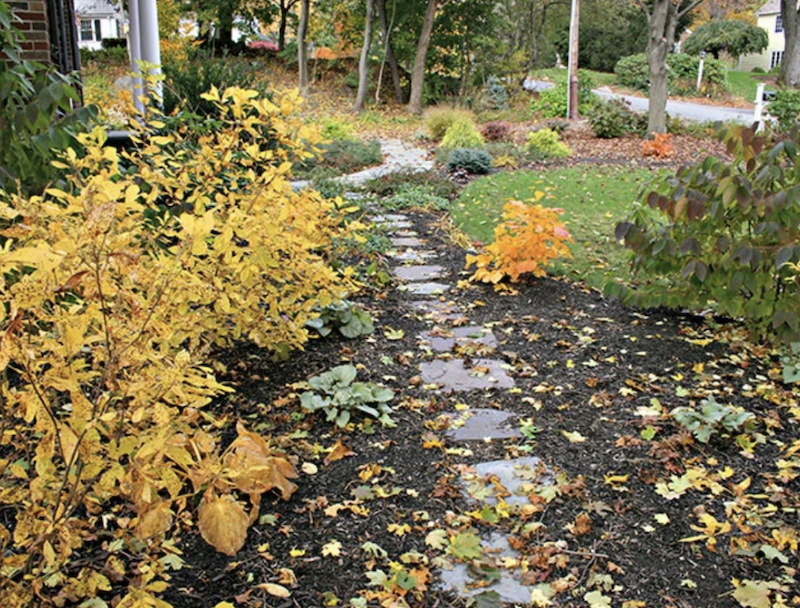
Ultimately, you should use your own tastes and preferences to plan the way your yard looks in fall. Think of it like painting a room — except instead of paint, you express yourself with living things that have beautiful fall colors, while also helping make the planet stronger.
To learn more about designing a custom landscape for your home, download our free ebook, The Mindful Homeowner's Guide to Transformative Landscape Design. If you're ready to get started on your new landscape project, or simply want to learn more about the process, you can contact our team here to schedule a free consultation. We'd love to talk to you!


